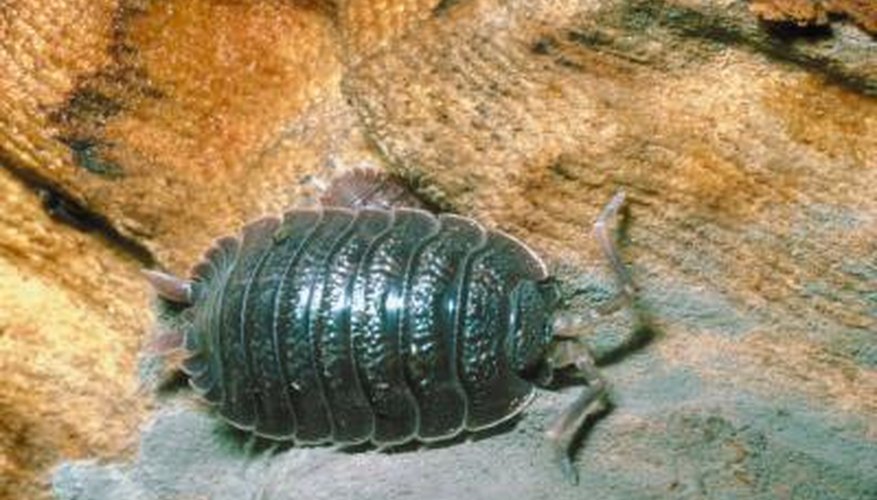While many people think of them as "bugs" or "insects," woodlice are actually arthropods--crustaceans in the family Isopoda. Woodlice adapted to live on land or amphibiously, rather than in water with their lobster and crab cousins.
- While many people think of them as "bugs" or "insects," woodlice are actually arthropods--crustaceans in the family Isopoda.
- Woodlice adapted to live on land or amphibiously, rather than in water with their lobster and crab cousins.
Types
Woodlice, also known as pillbugs, sowbugs and roly-polys, are found on most continents, generally in humid habitats like arboreal forest or high tide-lines. The United States has more than a dozen native species, while New Zealand has only four.
General Adaptations
Woodlice have adapted to terrestrial life by developing the ability to recycle waste and absorb water from their surroundings. Woodlice also have both gills and organs that allow them to absorb oxygen directly from the air. Because woodlice need copper to transport oxygen, they have also adapted the ability to recycle their own waste to extract the copper they excrete.
Protective Adaptations
Some, though not all, species of woodlice are able to roll themselves into a ball to protect themselves from predators, somewhat like an armadillo does. When they roll into this protective posture, none of their legs or antennae protrude outside the protective sphere created by their segmented exoskeleton.
